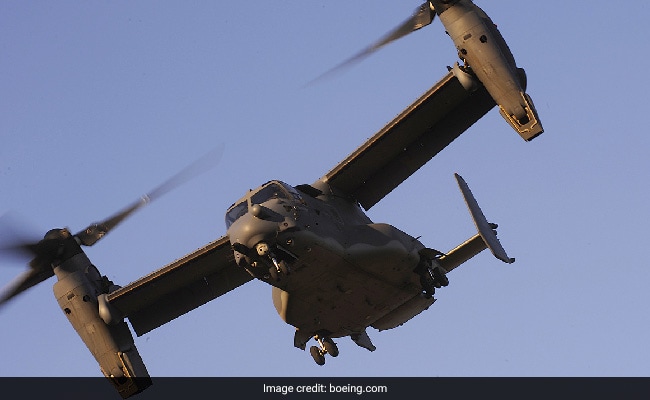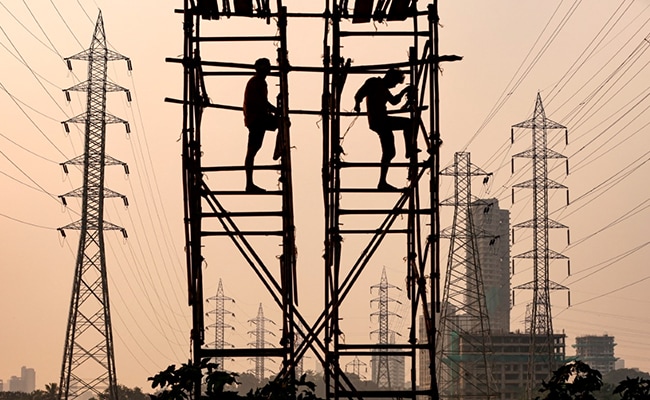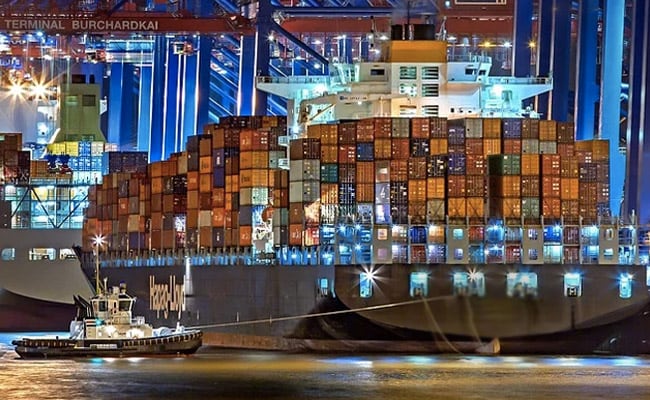Nearly 200 are dead from violent student protests and firing by forces in Bangladesh – is PM Sheikh Hasina, who won elections just a few months ago, losing her grip on gen-next, and will the unrest India’s closest neighbour is grappling with, spill over?
But first, Bangladesh is taking a pause from days of brutal violence as forces took on student protestors demonstrating against the quota system. A look at the situation right now, although information remains restricted.
July 1: Protests by students began after the Supreme Court upheld an earlier government order maintaining about 56% of all government jobs would be reserved for freedom fighters – the mukti jodha/ mukti bahini of Bangladesh’s liberation in 1971, their children and even grandchildren. The students on the street said they were fighting what they saw as a move to make the bureaucracy politically aligned to the ruling Awami League.
There’s a lot more on the underlying social, historical and political tensions in this podcast at The Hindu with my colleague Kallol Bhattacherjee.
July 14: In a statement appealing for calm, PM Hasina actually fuelled protestors anger- by saying that those protesting were Razakars- a term used for those Bangladeshis who supported Pakistan in 1971, seen as traitors. The protests battled police, set fire to government buildings IT centres, vandalized a metro station.
Shoot at sight orders, a nationwide curfew, internet bans followed. The army and paramilitary Rapid Action Forces were called in, as the violence spiralled out of control.
July 21: The supreme court’s appellate bench struck down the earlier order, bringing down quotas for freedom fighters and families to 5%. The order helped restore calm, although students groups still demand an apology from PM Hasina, and the resignation of her ministers for the crackdown. In 3 weeks, nearly 200 had been killed, thousands injured – including hundred with eye injuries from pellets and bullets fired by the forces.
The worry now, that when the curfew is lifted and internet fully restored, the protests could recur, or continue to simmer, posing a threat to the Hasina government, that was once seen as the champion of students movements.
In fact there has been some concern internationally. The UN spokesperson said the UNSG was deeply concerned, particularly as UN marked vehicles were used by riot police in Dhaka.
At a congressional hearing, a senior US official said that they were in touch with Bangladeshi authorities, to calm the violence and to rescind shoot at sight orders – of course PM Hasina has a tense relationship with the US and has indirectly claimed that its sanctions against her during elections were to force her to allow a US base in Bangladesh.
So is this the internal matter of Bangladesh, and why should India worry?
– Bangladesh is one of India’s closest neighbours, very strong ties between the leaders that were seen as PM Hasina made two visits to India in June- for the swearing in and for a bilateral visit.
– Protests hurt Bangladesh economically, and India is a strong partner on trade, energy and connectivity.
– The protests against 1971 related quotas carried a subtext that could turn anti-Indian- as India is not just connected to Muktibahinis in the past, but today is accused by the opposition siding with PM Hasina.
– About 10,000 Indian students are in Bangladesh- about 7,000 had to be evacuated already, and prolonged protests will disrupt their lives.
– Bangladesh’s problems quickly become a problem with West Bengal- the Hasina government protested this week when Bengal CM Mamata Banerjee said that if innocent Bangladeshis fled across the border, she would have to give them shelter under UN laws. The MEA issued a sharp rebuke to the West Bengal govt after it received the letter.
– Bangladesh’s other major partner is China, which will not criticize PM Hasina for internal violence, and India would not want to give Beijing the advantage.
– Bangladesh has been sensitive to India on protests as well, for eg. Calling the CAA protests an internal matter, and the Modi government does not want be seen interfering in this matter.
Worldview Take:
The crackdown in Bangladesh on student protestors, and the extent of violence just six months after PM Sheikh Hasina began her fourth term in office, is a big challenge to the popularity of her government, and the conduct of forces, indiscriminate firing causing dozens of deaths is another undemocratic turn in the country. It is ironical that the 1971 liberation, and Hasina’s own return to politics and power in 1996 and 2008 all accrue to student movements – losing gen-next’s support over these protests will be a big blow. As a close partner of Bangladesh, not just PM Hasina’s, India can be discreet but not remain silent with such turmoil in its neighbourhood.
Reading recommendations:
Transformation: Emergence of Bangladesh and Evolution of India-Bangladesh Ties by Pinak Ranjan Chakravarty
India and the Bangladesh Liberation War by Chandrashekhar Dasgupta
Paradoxes of the Popular: Crowd Politics in Bangladesh by Nusrat Sabina Chowdhury
Biden and Beyond: The United States Rethinks South Asia by Hernaikh Singh and C Raja Mohan
Routledge Handbook of Autocratization in South Asia by Sten Widmalm- Section on Bangladesh, towards One Party Rule
Sheikh Hasina: The Making of an Extraordinary South Asian Leader by Dr Abul Hasnat Milton
A WORLD OF THREE ZEROS by Muhammad Yunus
Production: Shibu Narayan and Kanishkaa Balachandran


















